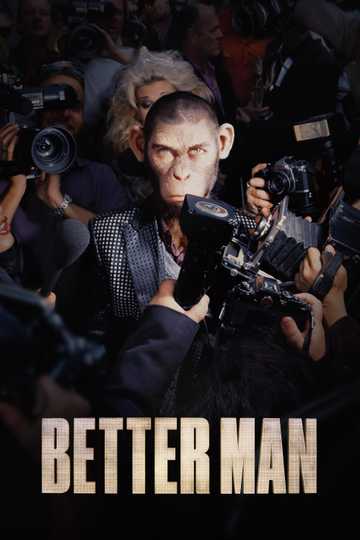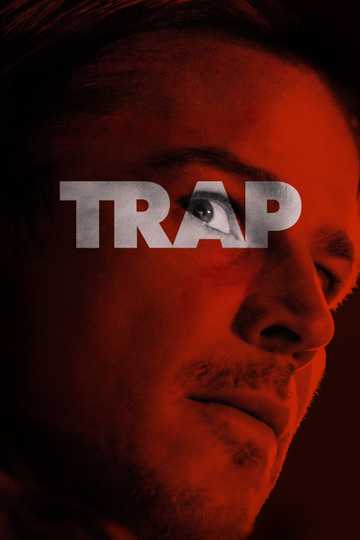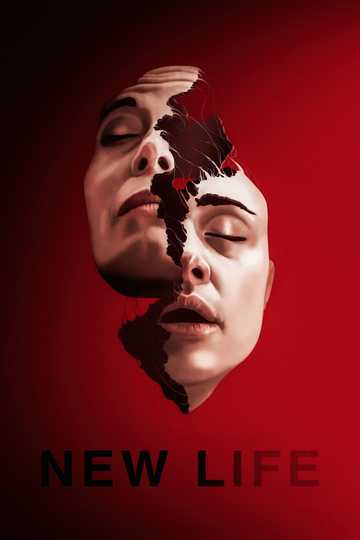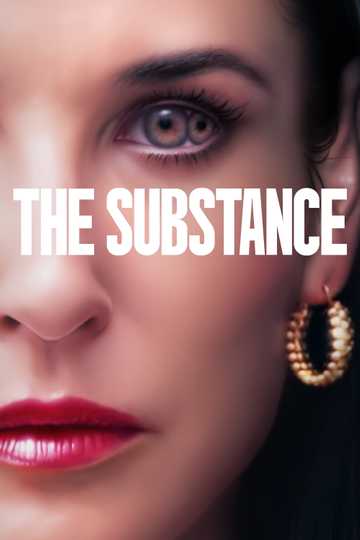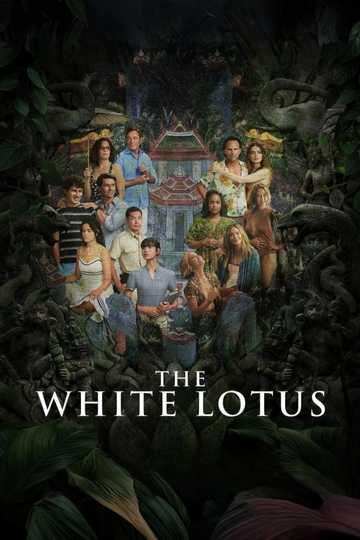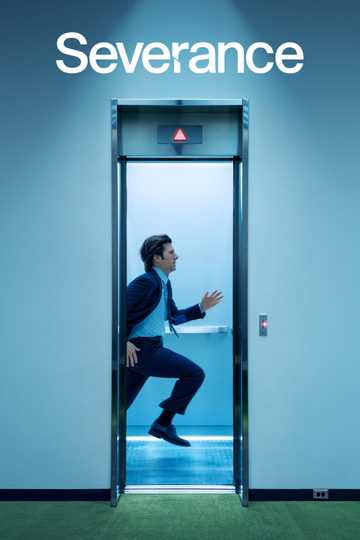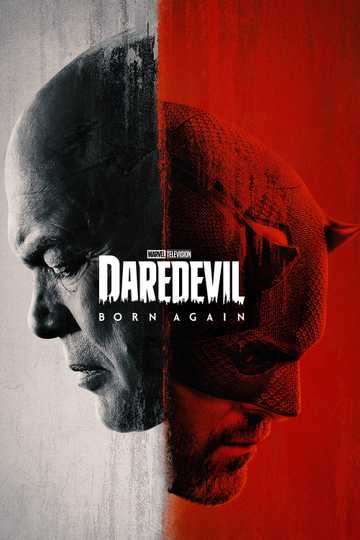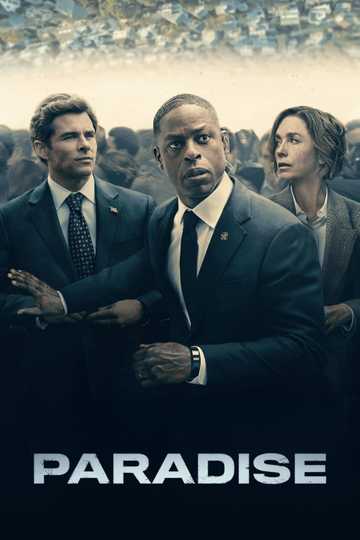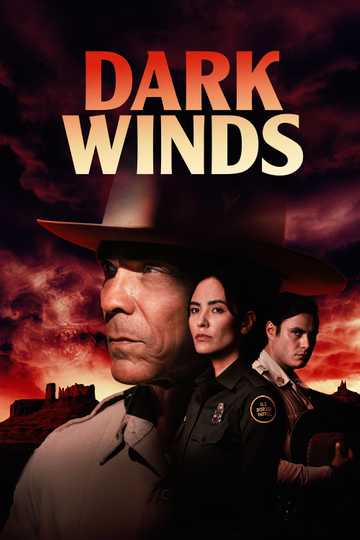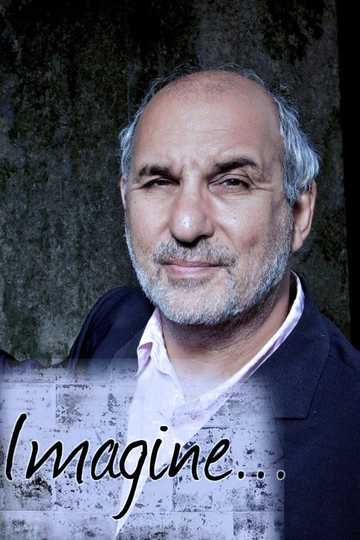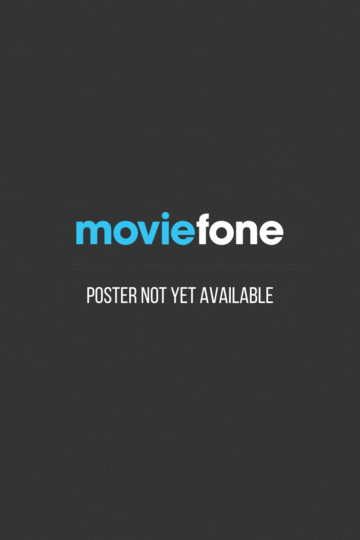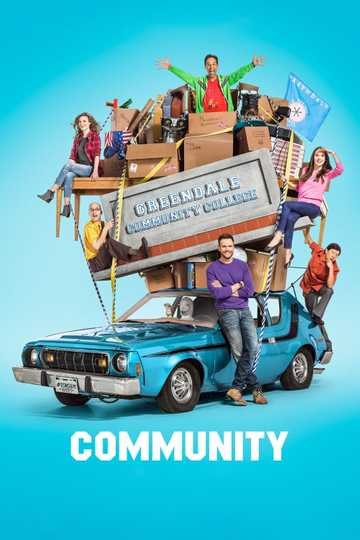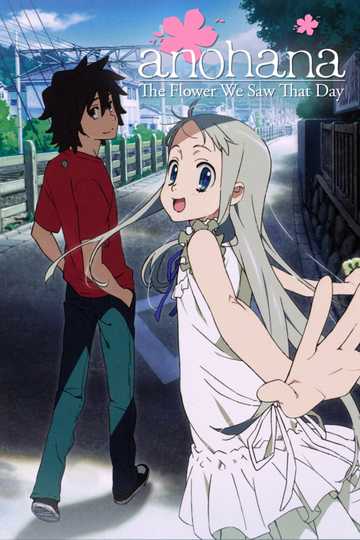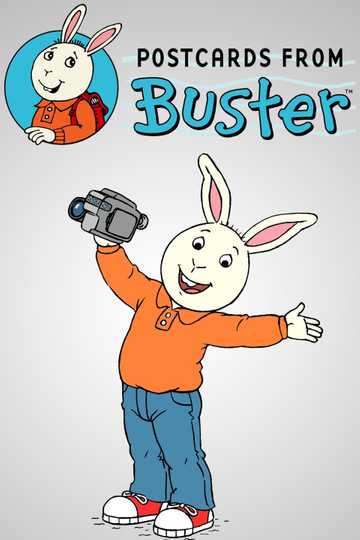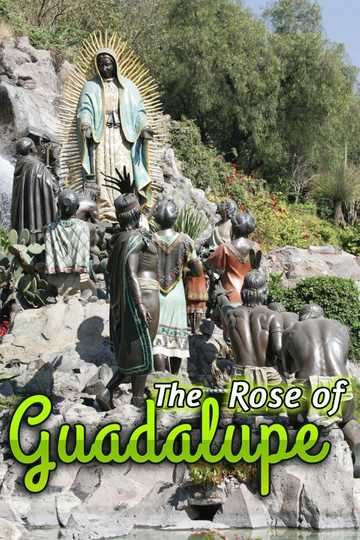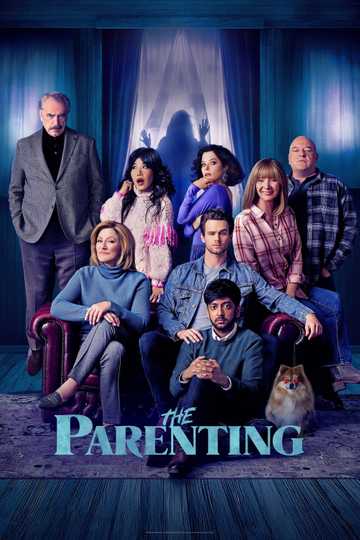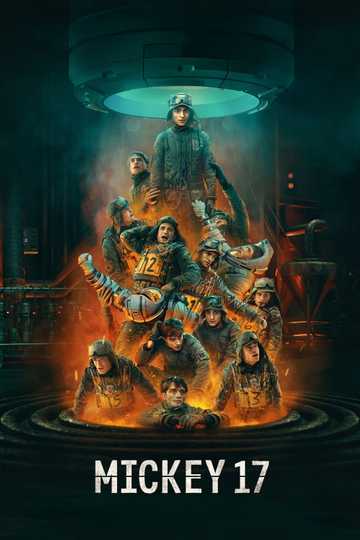Summer 2011 Episodes
1. The Man Who Forgot How to Read and Other Stories
Presenter Alan Yentob meets clinical neurologist and author Dr Oliver Sacks to investigate the myriad ways we experience the visual world and the strange things that can happen when our mind fails to understand what our eyes see. In the course of this investigation, Yentob tells the life story of Dr Oliver Sacks, the man who would become one of the world's most famous scientists. Alan delves into this world by going to meet several of the case studies from Sacks latest book, The Mind's Eye. He meets Stereo Sue, neurobiologist Sue Barry, who always saw the world as a flat 2D image until she suddenly acquired stereoscopic 3D vision in her late forties; Canadian crime writer Howard Engel, the man who forgot how to read, who remarkably continues to write despite a stroke that destroyed his reading ability; Chuck Close, the renowned portrait artist, who cannot recognise or remember faces and Danny Delcambre, an extraordinary and spirited man who, although having a condition which means he was born deaf and is gradually going blind, lives life to the full and uses close-up photography to record the world around him. Often overlapping with these case studies is Sacks' own story. Here, doctor and patient combine as he talks about his childhood, his own struggle with face blindness, and the loss he felt when eye cancer recently destroyed his 3D vision.
2. The Pharaohs' Museum on Liberation Square
Alan Yentob visits Egypt's National Museum, possibly the most precious museum in the world, with its dust-covered collection of thousands upon thousands of priceless ancient antiquities. The museum was caught up in the revolution on Cairo's Tahrir Square, standing right at the centre of the action. Its precious cargo was looted, and young revolutionaries formed a cordon around it to protect it. The museum is the heart of Egypt, containing the key not just to the country's past but to its future, offering inspiration and hope. Alan discovers that the pharaohs were not the slave-drivers of Hollywood legend, and that 4,000 years ago there was another revolution, foreshadowing today's, and even a goddess of social justice. With Omar Sharif and novelist Ahdaf Soueif.
3. Lennon: The New York Years
In September 1971, two years after the Beatles split up, John Lennon, dispirited and disillusioned with life in England, escaped across the Atlantic to New York City. He was tired of the constant scrutiny and criticism at home, and hated the venomous press hounding him and Yoko Ono. He dreamt of starting a peaceful new life in a city he'd come to love. Instead what followed was more like a rollercoaster ride: a tempestuous period in his relationship, a battle against the US immigration authorities, and a famous wild spell: the 'lost weekend'. Michael Epstein's fascinating film, featuring previously unseen archive footage and unprecedentedly candid interviews with key figures including Yoko Ono, charts this little-known period of Lennon's life - the years leading up to his untimely death.
4. Harry Nilsson: The Missing Beatle
Alan Yentob introduces John Scheinfeld's documentary Harry Nilsson - The Missing Beatle, a film that tells the story of the riotous life and music of Harry Nilsson. Nilsson, a friend and hero of Lennon's, was one of the most successful and influential, but least known, songwriters of his generation. He is remembered as much for his wild lifestyle as for his outstanding performance of Everybody's Talkin' from the movie soundtrack Midnight Cowboy.
5. Iraq in Venice
Iraq and art are not words that usually go together. Yet this year, for the first time since Saddam Hussein's rise to power some 35 years ago, Iraq has a presence at the Venice Biennale - the show that is the Cannes Film Festival or the Olympics of the international art world calendar. Thousands of years ago, Iraq was the cradle of civilisation - Mesopotamia, the 'land between two rivers' - the Garden of Eden. Decades of despotism, destruction and despair have stifled its art, but now, despite all the dangers and difficulties, art is re-emerging. Jill Nicholls' film tells the moving stories of six Iraqi artists, all scattered around the world, and follows them as they prepare their work for Venice. The artists include Halim Al Karim, who survived for three years in a hole in the desert, escaping conscription into the Iran Iraq war; as well as Walid Siti, dreaming of the mountains of Kurdistan in his East London studio and going back to Iraq to gather images for his work.
6. U2: From the Sky Down
Imagine presents a feature-length documentary about the making of U2's seminal album Achtung Baby. Early in 2011, U2 returned to Hansa Studio in Berlin to discuss the making of Achtung Baby in this film directed by Academy Award winner Davis Guggenheim (It Might Get Loud, Waiting for Superman, An Inconvenient Truth). From The Sky Down was then selected to open the Toronto International Film Festival on 8 September, the first ever documentary to open the festival in its 36-year history. Twenty years after the 1991 release of Achtung Baby, Davis Guggenheim traces the album's genesis using animation and previously unseen footage from Berlin and Dublin alongside interviews with the band as they reflect on what was a key chapter in their career. 'In the terrain of rock bands - implosion or explosion is seemingly inevitable. U2 has defied the gravitational pull towards destruction... this band has endured and thrived. From The Sky Down asks the question why.' Davis Guggenheim.
